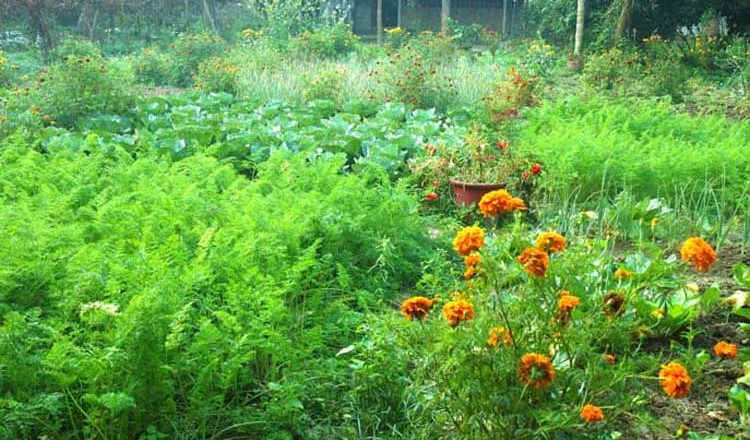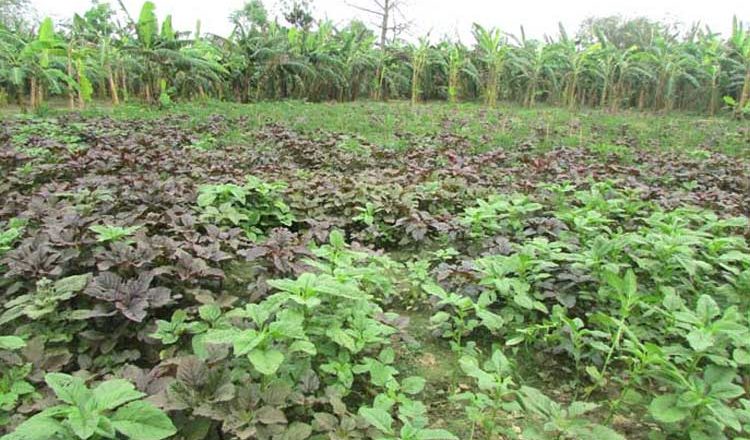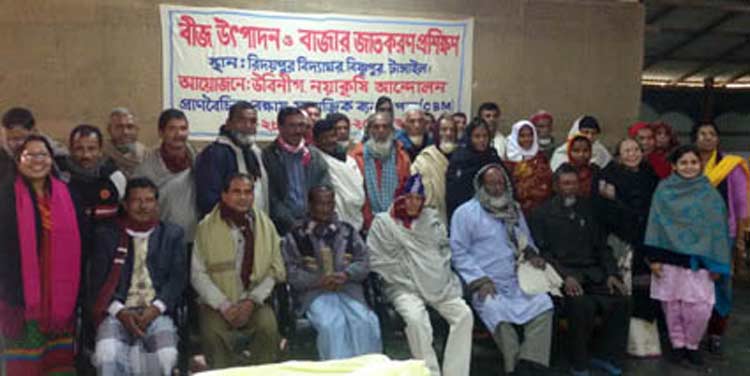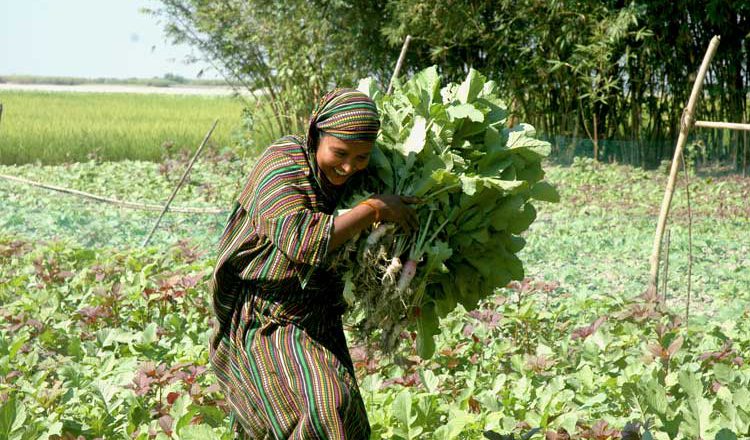Crop variability in Mamudpur Village: richness and diversity
Ubinig and Nayakris Andolon
Four Cell Analyses: richness, evenness of biodiversity- Participatory research for estimation of the state of biodiversity of a particular geographical location.
A discussion meeting involving some farmers of Mamudpur and other villages was organized on 16 June, 2019.
Participating farmers:
1. Surya Begum, village: Babupur, 2. Ali Hossain, village: Babupur, 3. Osman Ghani, village: Mushuria, 4. Amena Begum, village: Mamudpur, 5. Rina Begum, village: Mamudpur, Nabiron Begum came from Fazilhati village and participated as an observer.
These farmers have been involved with Nayakrishi for long and have been playing active role in management of Seed Akhra.
Nayakrishi farmers are participating agriculture like all other small farmers in the coun...





